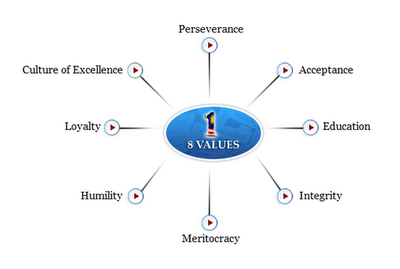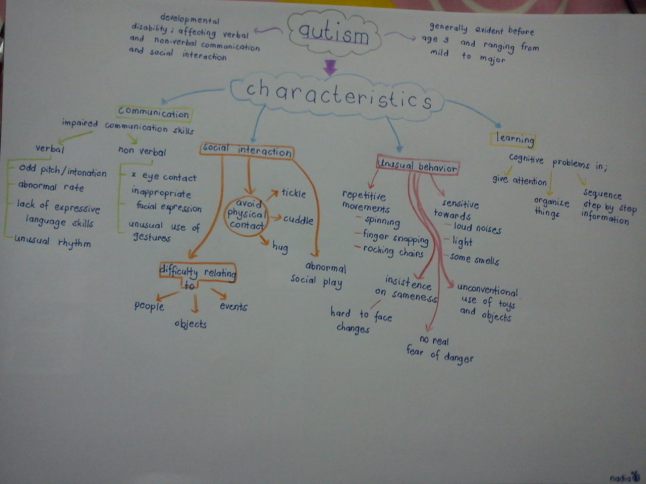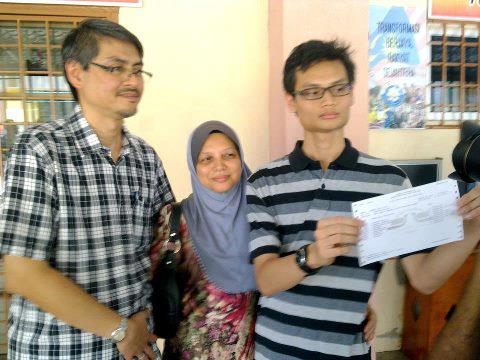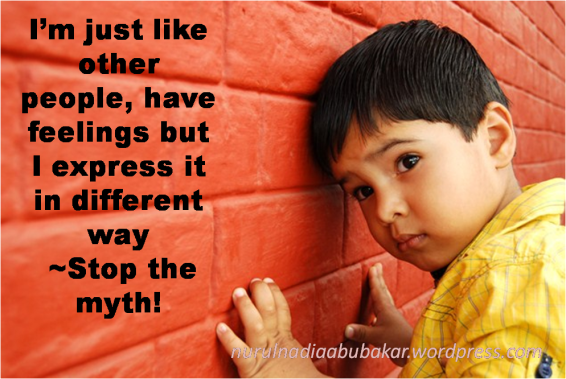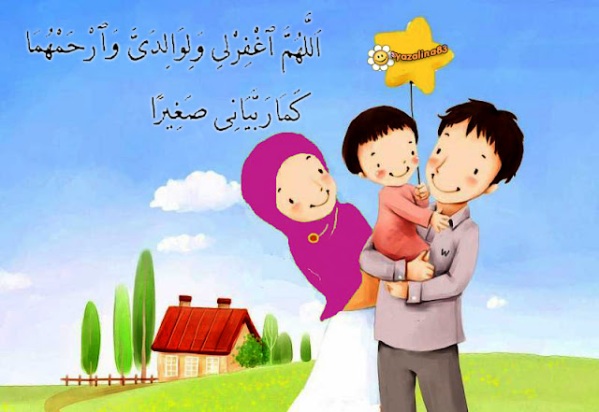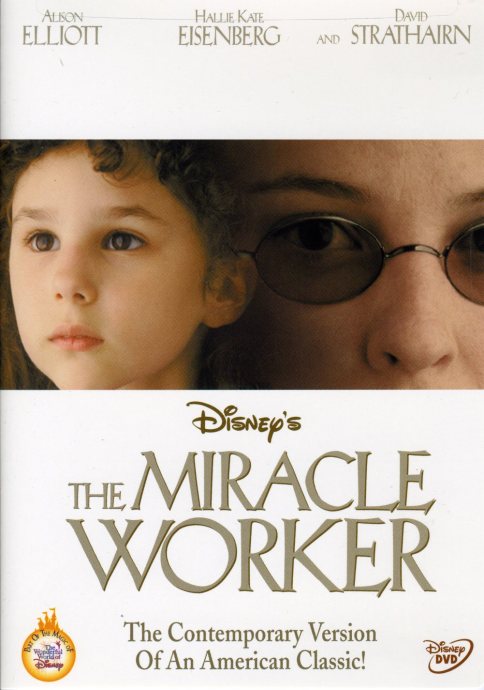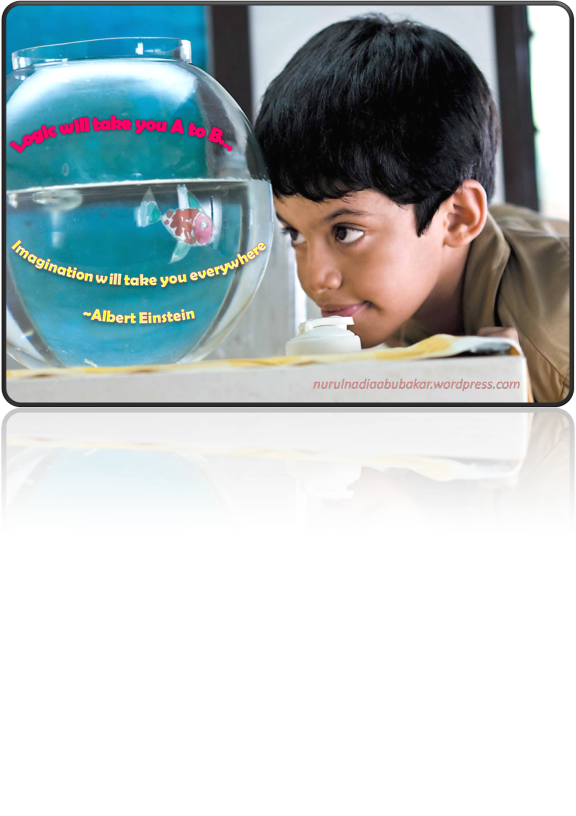Assalamualaikum, haii everyone?
How do you do? hope you just fine 🙂 …always in barakah of Allah …
Last 2 weeks, ooowh its sounds very long time ago…
So, basically, on that day, we have done a survey about our own multiple intelligence. Multiple Intelligence is a theory created by Howard Gardner. Based on Gardner (1999), they are 8 intelligence :-

Multiple Intelligence
Linguistic intelligence involves sensitivity to spoken and written language, the ability to learn languages, and the capacity to use language to accomplish certain goals. This intelligence includes the ability to effectively use language to express oneself rhetorically or poetically; and language as a means to remember information. Writers, poets, lawyers and speakers are among those that Howard Gardner sees as having high linguistic intelligence.
Logical-mathematical intelligence consists of the capacity to analyze problems logically, carry out mathematical operations, and investigate issues scientifically. In Howard Gardner’s words, it entails the ability to detect patterns, reason deductively and think logically. This intelligence is most often associated with scientific and mathematical thinking.
Musical intelligence involves skill in the performance, composition, and appreciation of musical patterns. It encompasses the capacity to recognize and compose musical pitches, tones, and rhythms. According to Howard Gardner musical intelligence runs in an almost structural parallel to linguistic intelligence.
Bodily-kinesthetic intelligence entails the potential of using one’s whole body or parts of the body to solve problems. It is the ability to use mental abilities to coordinate bodily movements. Howard Gardner sees mental and physical activity as related.
Spatial/Visual intelligence involves the potential to recognize and use the patterns of wide space and more confined areas.
Interpersonal intelligence is concerned with the capacity to understand the intentions, motivations and desires of other people. It allows people to work effectively with others. Educators, salespeople, religious and political leaders and counsellors all need a well-developed interpersonal intelligence.
Intrapersonal intelligence entails the capacity to understand oneself, to appreciate one’s feelings, fears and motivations. In Howard Gardner’s view it involves having an effective working model of ourselves, and to be able to use such information to regulate our lives.
and there is one additional intelligence:-
Naturalist intelligence enables human beings to recognize, categorize and draw upon certain features of the environment. It ‘combines a description of the core ability with a characterization of the role that many cultures value’ (ibid.: 48). (In the test, this kind of intelligence is not included)
Every people has their own strength and weaknesses, so do I. From the survey, now I knew that I have high points on interpersonal. It means that I can socialize and work with others effectively. As a future teacher, I really need to well developed this kind of intelligence so that I can be an effective teacher! Yeay hihi…but I have very low points on Spatial/Visual intelligence. This answered why I always lost and cannot tell directions rightly. However, Ummi Rosseni said that our weaknesses can be changed as we can well develop it gradually. About a year ago, when I started realize that I always forgot where the entrance/exit or where the car was parked when ever I go to the mall, I started to set my mind when I arrived to remember the number on the beam at the parking lot. The other alternative if you afraid that you’ll forget, you can just taking picture of the parking lot 🙂 but you can’t train your mind to keep memorizing. It’s your choice! hihi
So…these are my result *(no need to know the points hihi I don’t think it’s good 😦 )

That’s all for this time, thank you…
Till we meet again, In Shaa Allah 🙂
